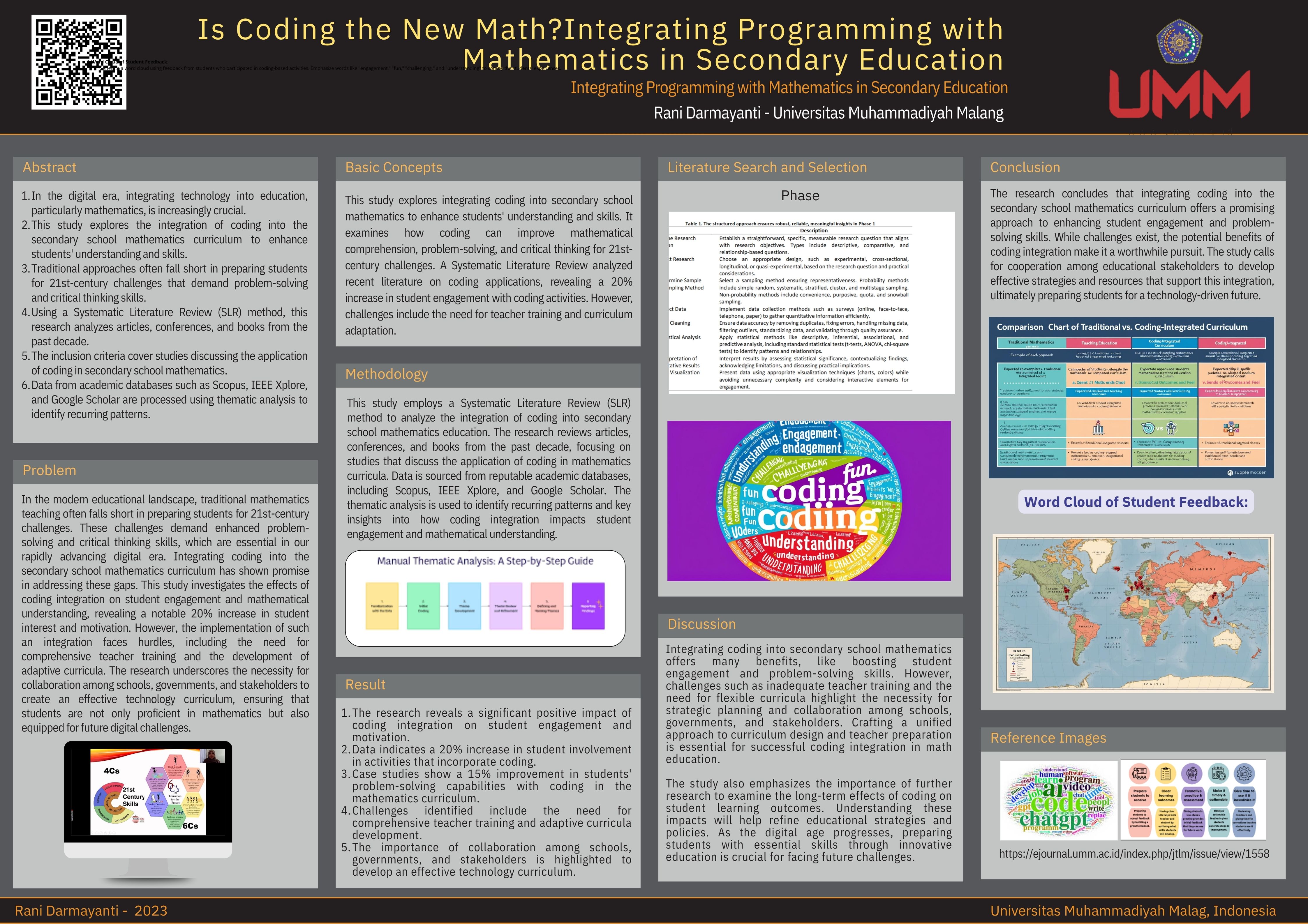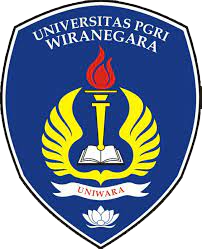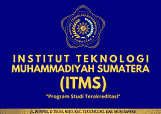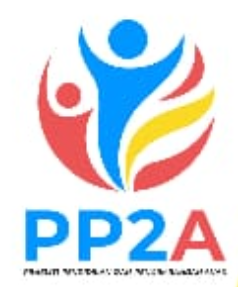Is Coding the New Math?Integrating Programming with Mathematics in Secondary Education
Abstract
In the digital era, integrating technology into education, particularly in mathematics, is increasingly crucial. This study explores the integration of coding into the secondary school mathematics curriculum to deepen students' understanding and skills. Traditional approaches often fall short in preparing students for 21st-century challenges, emphasizing problem-solving and critical thinking. Using a Systematic Literature Review (SLR) method, this research analyzes articles, conferences, and books from the past decade. Inclusion criteria cover studies discussing the application of coding in secondary school mathematics. Data from academic databases such as Scopus, IEEE Xplore, and Google Scholar are processed using thematic analysis to identify recurring patterns. Results indicate that coding integration boosts student interest and motivation, supported by data showing a 20% increase in student engagement in coding-based activities. However, challenges such as the need for teacher training and adaptive curricula are identified. Case studies from several schools show a 15% improvement in problem-solving abilities. This research recommends collaboration between schools, governments, and stakeholders to develop an effective technology curriculum, ensuring students not only master mathematics but are also prepared for the digital era. Limitations include a lack of longitudinal data and implementation variations across contexts. Further research is needed to explore the long-term impact of this integration.
Downloads

Published
How to Cite
Issue
Section
License
Copyright (c) 2023 Rani Darmayanti

This work is licensed under a Creative Commons Attribution-ShareAlike 4.0 International License.

 Universitas Muhammadiyah Malang, Indonesia
Universitas Muhammadiyah Malang, Indonesia













 All publications by the CV. Bimbingan Belajar Assyfa [e-ISSN:
All publications by the CV. Bimbingan Belajar Assyfa [e-ISSN: